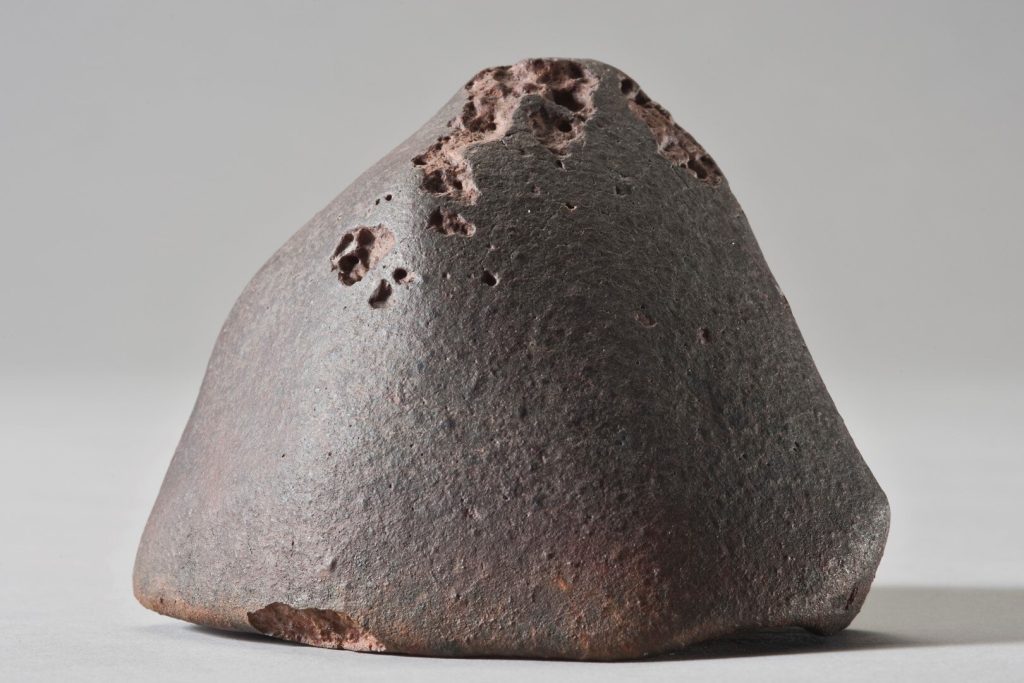
Unlocking cosmic origins: Researchers trace 70% of meteorites to 3 asteroid families (Image Credit: Phys.org)
An international team led by three researchers from the CNRS, the European Southern Observatory (ESO, Europe), and Charles University (Czech Republic) has successfully demonstrated that 70% of all known meteorite falls originate from just three young asteroid families. These families were produced by three recent collisions that occurred in the main asteroid belt 5.8, 7.5, and about 40 million years ago.
The team also revealed the sources of other types of meteorites; with this research, the origin of more than 90% of meteorites has now been identified. This discovery is detailed in three papers, a first published on 13 September 2024 in the journal Astronomy and Astrophysics, and two new papers to be published on 16 October 2024 in Nature.
An international team of researchers has shown that 70% of all known meteorite falls originate from three young asteroid families (Karin, Koronis and Massalia) formed by collisions in the main asteroid belt 5.8, 7.5 and about 40 million years ago. In particular, the Massalia family has been identified as the source of 37% of known meteorites.
While more than 70,000 meteorites are known, only 6% had been clearly identified by their composition (achondrites) as coming from the moon, Mars, or Vesta, one of the largest asteroids in the main belt. The source of the other 94% of meteorites, the majority of which are ordinary chondrites, had remained unidentified.
Why are these three young families the source of so many meteorites?
This can be explained by the life cycle of asteroid families. Young families are characterized by an abundance of small fragments left over from collisions. This abundance increases the risk of collisions between fragments and, coupled with their high mobility, their escape from the belt, possibly in the direction of Earth. The asteroid families produced by older collisions, on the other hand, are “depleted” sources of meteorites.
The abundance of small fragments that once made them up has naturally eroded and finally disappeared after tens of millions of years of successive collisions and their dynamic evolution. Thus, Karin, Koronis and Massalia will inevitably coexist with new sources of meteorites from more recent collisions and eventually give way to them.

A method for tracing the family tree of meteorites and asteroids
This historic discovery was made possible by a telescopic survey of the composition of all the major asteroid families in the main belt, combined with state-of-the-art computer simulations of the collisional and dynamical evolution of these major families. This approach has been extended to all meteorite families, revealing the primary sources of the carbonaceous chondrites and achondrites, which come in addition to those from the moon, Mars, and Vesta.
Thanks to this research, the origin of more than 90% of meteorites has now been identified. It has also enabled scientists to trace the origin of kilometer-sized asteroids (a size that threatens life on Earth). These objects are the focus of many space missions (NEAR Shoemaker, Hayabusa1, Chang’E 2, Hayabusa2, OSIRIS-Rex, DART, Hera, etc.).
In particular, it appears that the asteroids Ryugu and Bennu, recently sampled by the Hayabusa2 (Japanese Aerospace Exploration Agency JAXA) and OSIRIS-REx (NASA) missions and studied in laboratories around the world, particularly in France, are derived from the same parent asteroid as the Polana family.
The origin of the remaining 10% of known meteorites is still unknown. To remedy this, the team plans to continue their research, this time focusing on characterizing all young families that were formed less than 50 million years ago.
More information:
M. Brož et al, Source regions of carbonaceous meteorites and near-Earth objects, Astronomy & Astrophysics (2024). DOI: 10.1051/0004-6361/202450532
Michaël Marsset, The Massalia asteroid family as the origin of ordinary L chondrites, Nature (2024). DOI: 10.1038/s41586-024-08007-6. www.nature.com/articles/s41586-024-08007-6
M. Brož et al, Young asteroid families as the primary source of meteorites, Nature (2024). DOI: 10.1038/s41586-024-08006-7
Journal information:
Astronomy & Astrophysics
,
Nature
Provided by
CNRS





